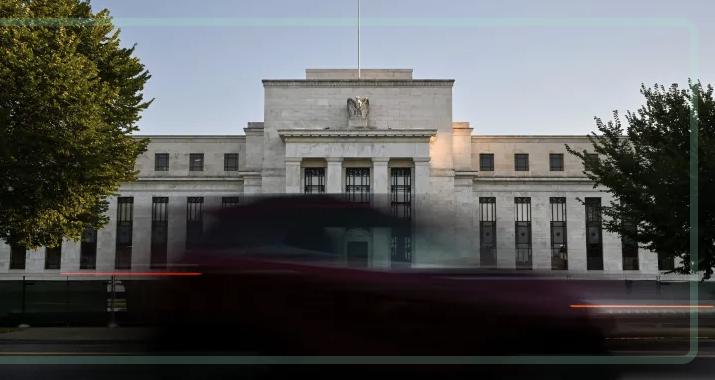As Federal Reserve officials settle in for their two-day policy meeting starting Wednesday, they might want to consider a history lesson or two. The past provides a clear lesson: when navigating the economy, it’s usually better to maintain a steady approach rather than reacting impulsively to every economic data point like an overly jittery day trader. It’s about time the Federal Reserve adopted this perspective, even if they are late to the discussion.
Cast your mind back to the late 20th century, when policymakers were high on the fumes of their own success, certain they’d ushered in the “Great Moderation.” Some even fancied they’d “conquered the business cycle” with a few flicks of the fiscal and monetary levers. In their excitement, they cherry-picked from Keynesian economics and overlooked some rather essential details. Spoiler alert: their grand “fine-tuning” experiment didn’t exactly end well—an encore of the hubris from a few decades earlier.
Fortunately, this flirtation with overconfidence eventually gave way to a back-to-basics approach: steady, long-term policies prioritising productivity, investment, and growth. The Fed was supposed to avoid jerking the wheel at every bump in the road unless facing economic disaster. But after their 2021 debacle of labelling inflation “transitory”—oh, how that aged—the Fed seems to have wandered off course once again. Every piece of data now sends them into a frenzy, causing them to be reactive rather than strategic. They swing from one policy stance to another like an unanchored pendulum. The result is a market shaken by frequent policy changes, leading to erratic movements in interest rates and bond yields.
Take their recent moves as a prime example. Despite finding no reason to cut rates in July, the Fed suddenly slashed them by a hefty 50 basis points in mid-September. This surprise reduced the federal fund’s target rate to 4.75%–5%. And as if the cut itself weren’t dramatic enough, news of this grand gesture leaked through the media during the supposed pre-meeting blackout. To keep things interesting, a swift 70 basis point followed this central rate cut rise in the 10-year Treasury yield as Fed officials looked to backpedal on their own decision. Were you confused yet? So was the market.
And the rate cut saga doesn’t end there. Before the ink was dry on early October’s outlook, predictions for yet another Fed rate cut had nosedived from 60% to zero. Meanwhile, forecasts for the federal funds rate did an abrupt about-face, with the likelihood of a dip below 3.25% by mid-2025 going from a near-certainty to zilch.
It’s true that America’s famed “economic exceptionalism” has thus far cushioned the country from the worst of these policy antics. But this strength isn’t a licence for the Fed to keep yanking the reins. With looming uncertainties around budgets, trade, regulations, and industry, staying the course could prove more vital than ever.
So, what’s the Fed to do? Two things, and they might want to start right away. First, take a firmer grip on policy. Most agree there’s still a way to go before reaching that elusive neutral rate and cutting interest rates when inflation remains steady, which looks unreasonable. Second, the FED needs to give a clear message to the market to avoid unnecessary volatility and moving up and down when according to volatile macro data. We need a cap, a plan, and clear triggers. It’s a phrase worth considering, as history has shown the perils of policymakers who get a little too comfortable with their ability to fine-tune the economy. The Fed would remember this lesson before the pendulum swings too far again.
